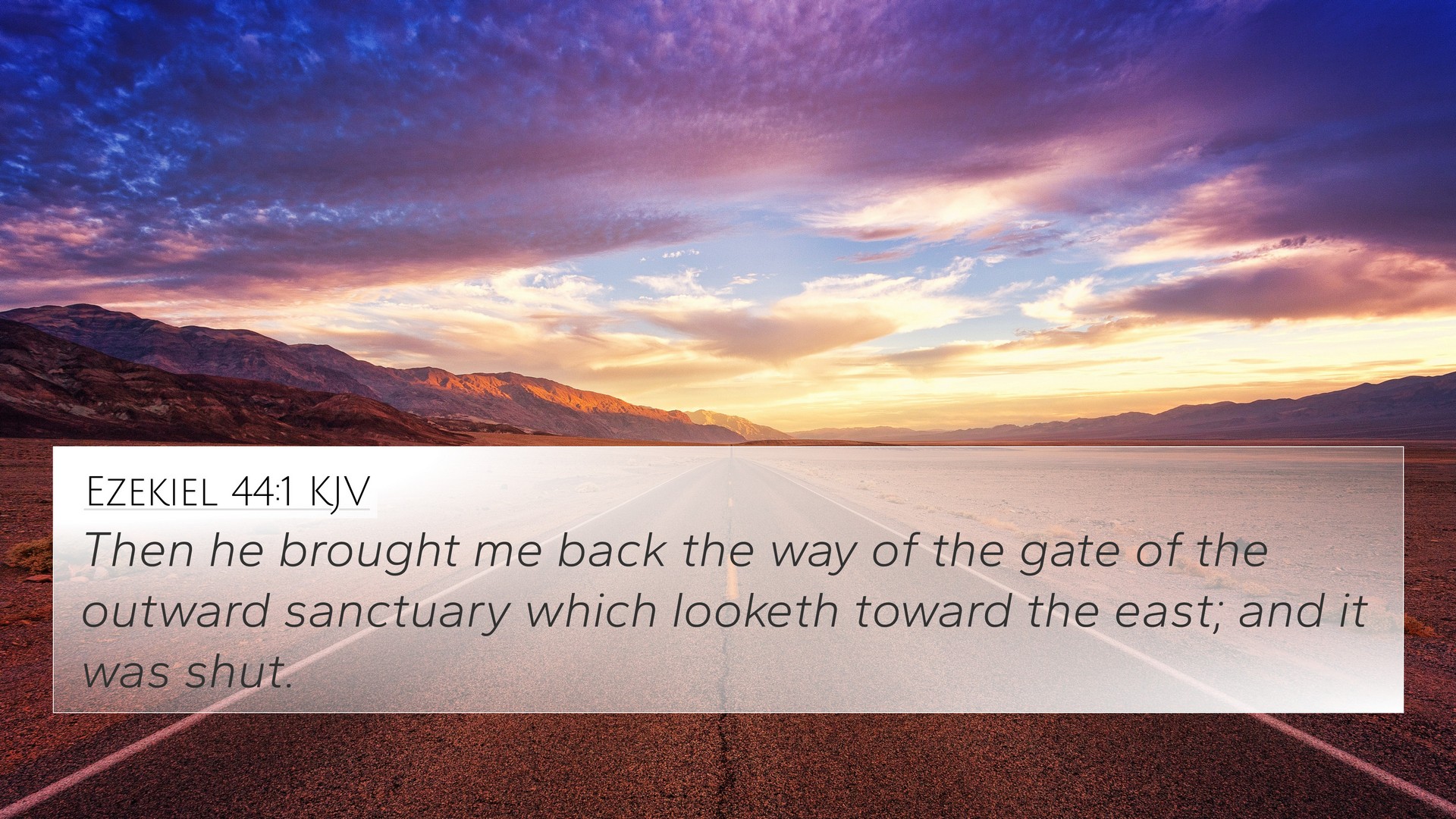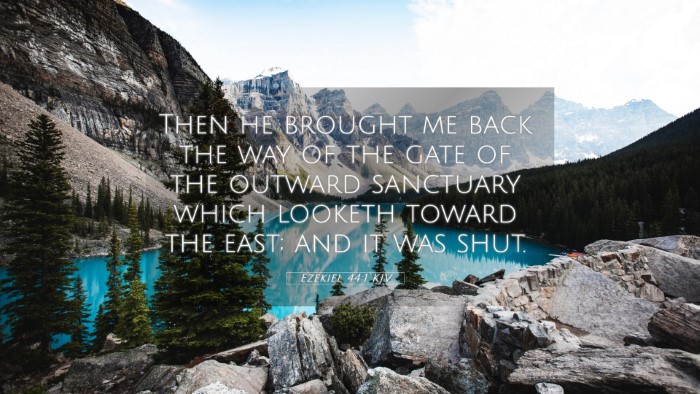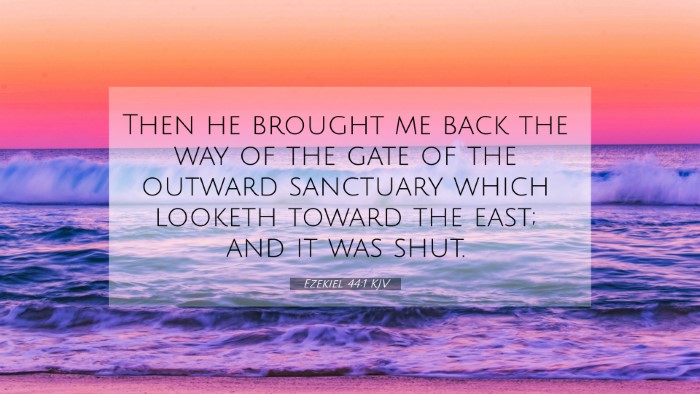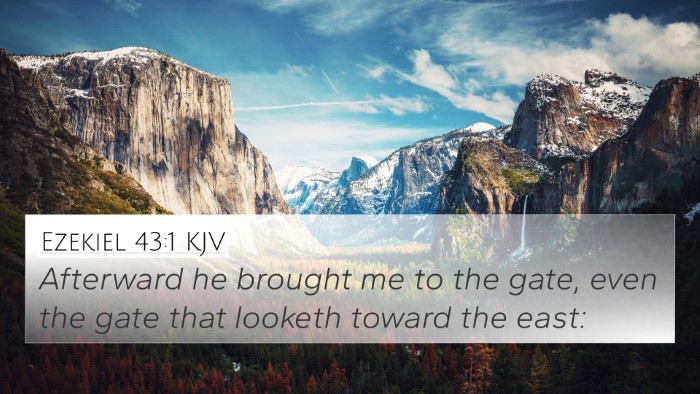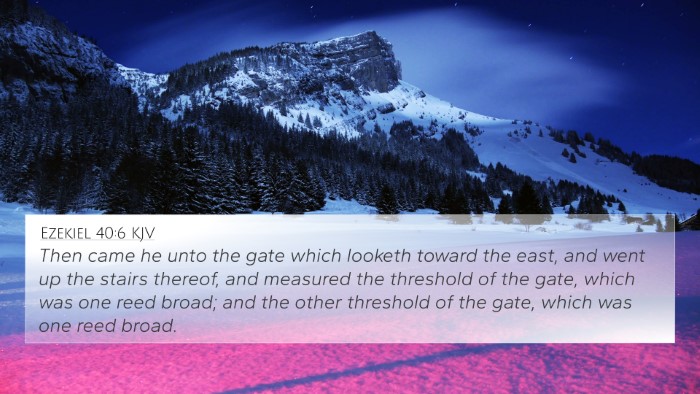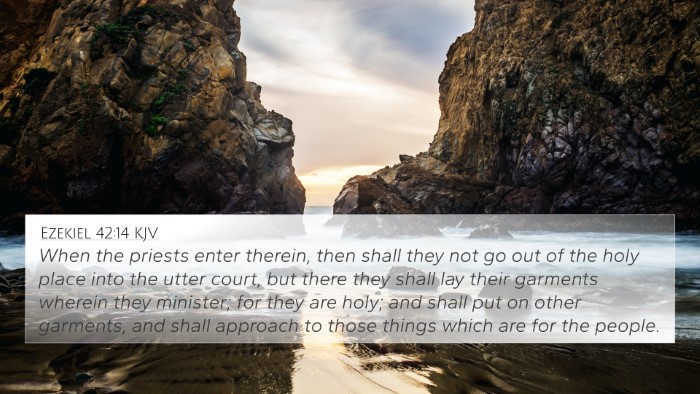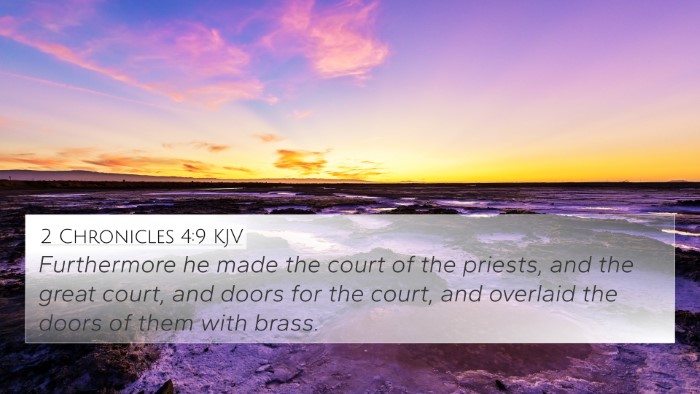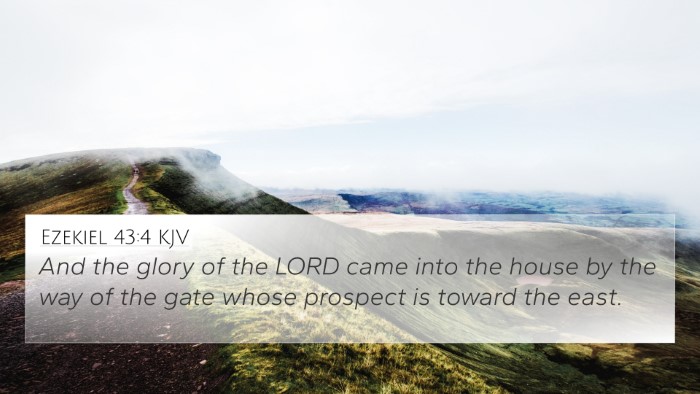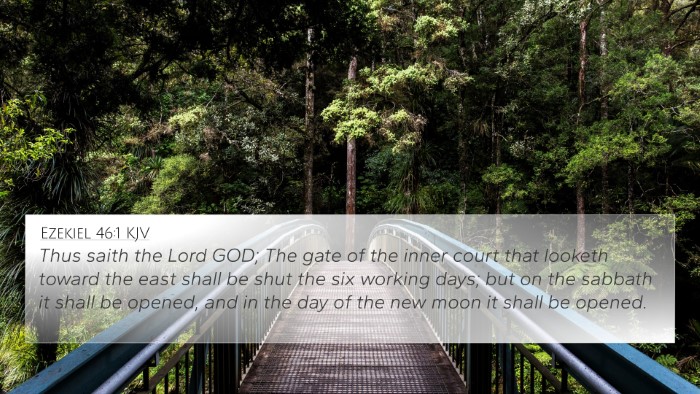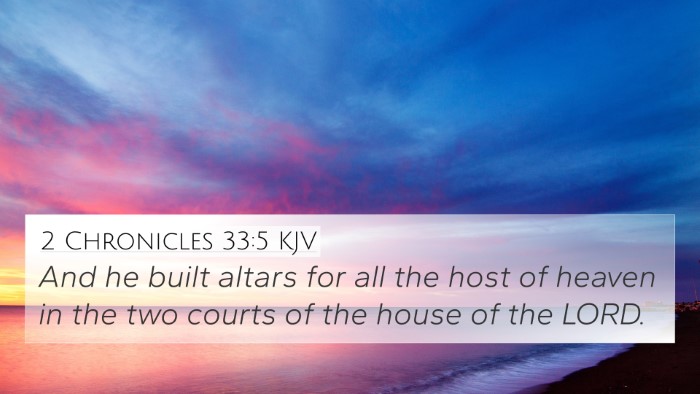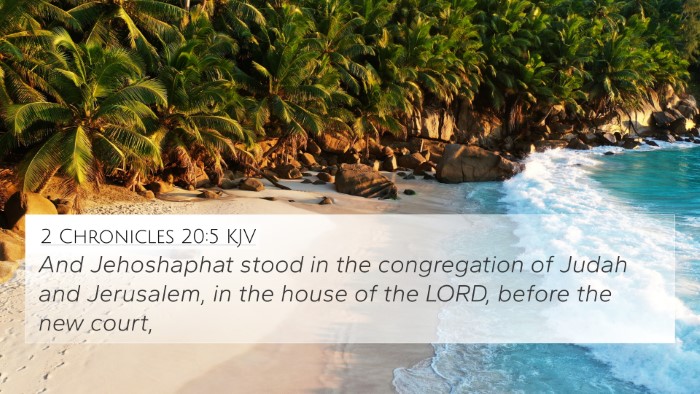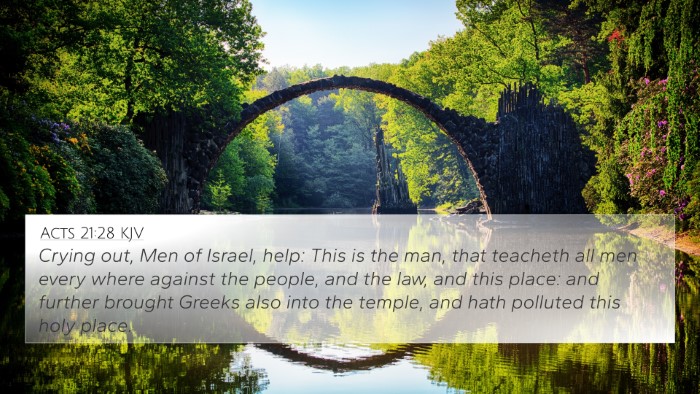Ezekiel 44:1 - Summary and Interpretation
Ezekiel 44:1 states:
"Then he brought me back to the outer gate of the sanctuary, which faces east; and it was shut."
This verse marks a significant moment in Ezekiel's vision where he is shown the gates of the sanctuary, particularly emphasizing their closure.
Context and Background
The Book of Ezekiel is a prophetic text that deals with themes of judgment, restoration, and the future hope of Israel. Ezekiel 44 is part of a larger discourse concerning the temple worship and the changes that would occur following the exile.
Meaning and Insights from Commentaries
-
Matthew Henry's Commentary:
Henry explains that the shutting of the outer gate signifies the removal of access to the sacred space of the temple. This closure highlights the seriousness of Israel's transgressions and the holiness of God. It serves as a metaphor for God's separation from those who do not honor Him.
-
Albert Barnes' Notes:
Barnes emphasizes that this gate, facing east, is indicative of a new order of worship. The shutting signifies a transition in how access to God will be approached, foreshadowing a time when proper worship will be restored to Israel.
-
Adam Clarke's Commentary:
Clarke adds that the closed gate symbolizes the loss of communal worship due to sin. It reflects God's judgment against the corrupt practices that had infiltrated the temple activities, urging a return to authentic worship and repentance.
Thematic Connections and Cross-References
Ezekiel 44:1 resonates with various biblical themes and is linked to several other scriptures that illuminate its meaning:
- Genesis 3:24: The concept of guarding sacred spaces after Adam and Eve's expulsion from Eden.
- Isaiah 6:2: The vision of the Lord and the significance of holiness in divine encounters, relating to the sanctity of the temple.
- Matthew 27:51: The tearing of the temple veil at Christ's crucifixion represents a shift in access to God, paralleling the closure in Ezekiel.
- Hebrews 10:19-20: The new and living way opened through Christ, which contrasts with the symbolism of closed access in Ezekiel.
- Ezekiel 10:18-19: The departure of God's glory from the temple serves as a backdrop to understanding the significance of the closed gate.
- Revelation 21:27: The ultimate restoration and purity of the New Jerusalem, which will have no unclean thing entering, reflecting back on the theme of holiness initiated in Ezekiel.
- Leviticus 10:3: The serious consequence of approaching God inappropriately, correlating with the reverence needed in worship as seen in Ezekiel.
Understanding Through Cross-Referencing
The closure of the outer gate in Ezekiel 44:1 prompts an examination of the broader context of worship and holiness throughout Scripture. It invites readers to explore:
- Identifying connections between Old and New Testament themes of worship and divine access.
- The implications of gate closing as a representation of spiritual barriers influenced by sin.
- How the various gates of the temple in Jerusalem can be understood in light of Christ’s role as the ultimate gate to salvation.
Conclusion
In conclusion, Ezekiel 44:1 is a profound text that challenges believers to reflect on their relationship with God and the holiness of His presence. The cross-references provide deeper insights into the importance of worship, the consequences of sin, and the promise of restoration through Christ.
